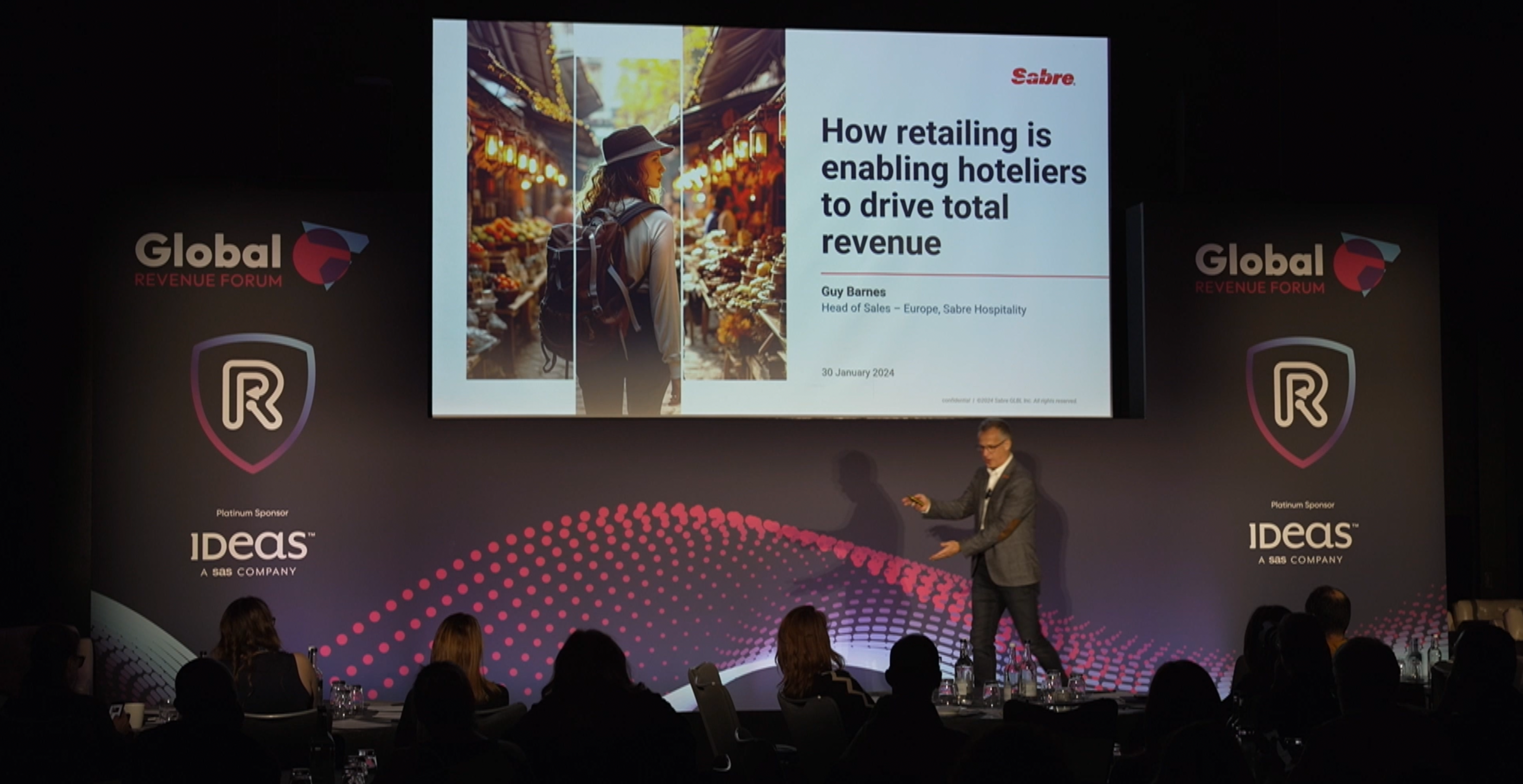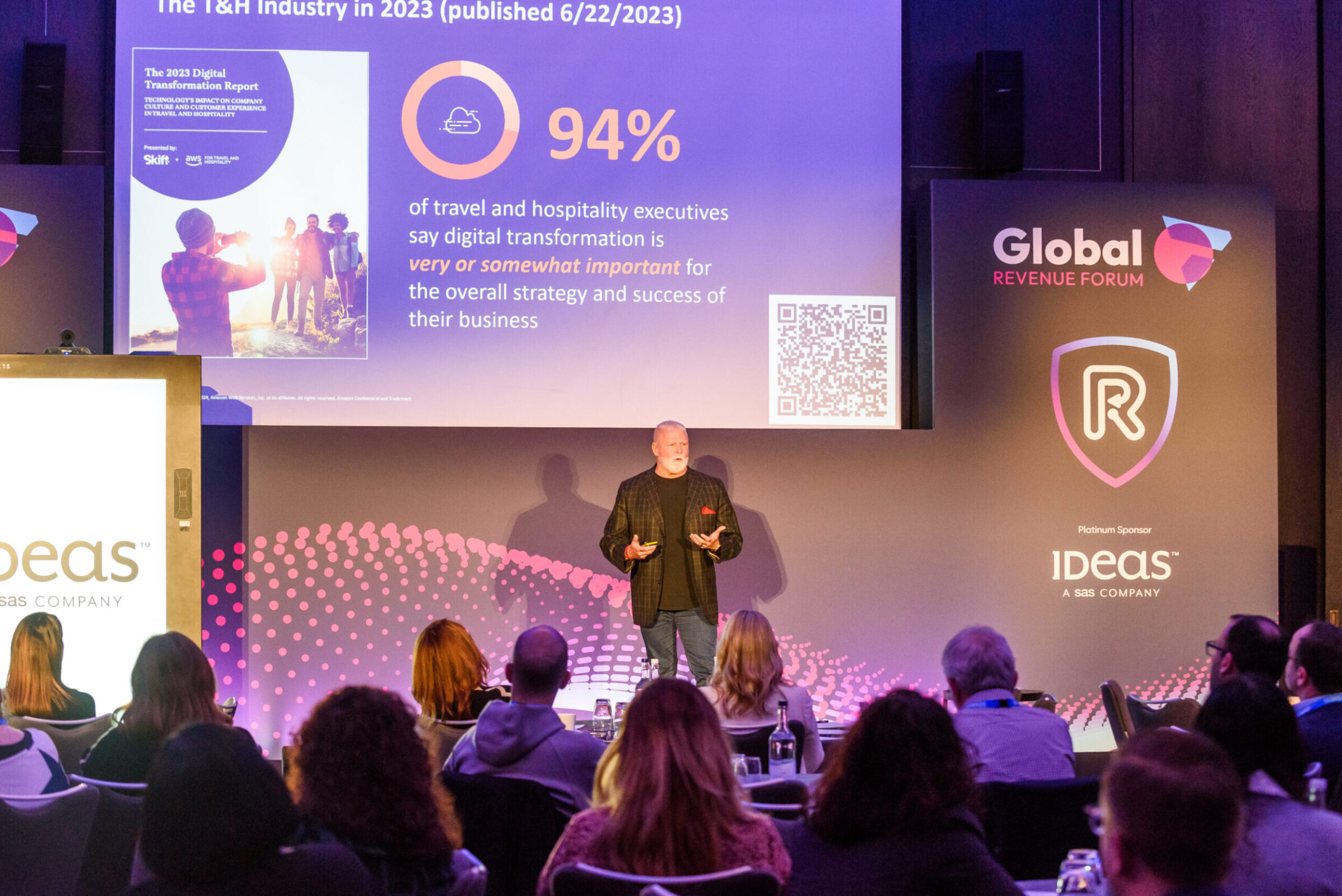The role of behavioural psychology in your pricing tool kit
The psychology behind how we interpret pricing is not something that we, as revenue managers, typically consider when building revenue management strategies. However, understanding subconscious responses regarding how goods and services are priced and how pricing can shape and determine value perceptions can prove a powerful tool in the revenue manager’s arsenal. Here we explore commonly used, everyday examples of pricing strategies that can subconsciously influence how we feel about the value of goods and services.
Anchor Pricing: Value judgements made based on initial price seen
A jacket reduced from £100 to £50 may seem like a great deal – after all, it’s 50% off! But the same jacket, if always priced at £50, may not seem as appealing. Why? Because your perception of that jacket’s value is determined by the initial price that you believed the jacket was priced at. So in the case of the reduced jacket, you would have more than likely based your perception of the value of the jacket around the fact it was initially priced at £100. A price lower than that seems like a good deal.
When applied to pricing, this approach is called ‘price anchoring’ and is based on the principle that customers tend to perceive pricing relatively. Consumers tend to give disproportionate weight to the first piece of information received in a decision-making context. This then serves as a reference point, or an anchor, for their remaining choices.
How we create a point of reference
Psychologists Daniel Kahneman and Amos Tversky are renowned for their work on biases and uncertainty, and they propose that without context, a price in isolation is hard to attribute value to. Without some point of reference, we don’t know if the price is too high or not. How we feel about that price – whether it is too high or too low- can then be adjusted around that reference point. But that initial reference price sets our expectations about how much value we associate with something.
In a study by Dan Ariely, Professor of Psychology, an student audience was asked to write the last two digits of their social security number and consider whether they would pay this number of dollars for items whose value they did not know, such as wine, chocolate and computer equipment. They were then asked to bid for these items. The result was the audience members social security numbers in the upper 20 percentile submitted bids that were between 216 percent and 346 percent higher than those with the lower social security numbers – the social security numbers, despite having no relevance to the items concerned, had served as their anchor.
'When price anchoring, go for something that people can afford, that is going to give them a better experience and is at the upper end of their range, but gives them the opportunity to anchor high'
Nathalie Nahai, Web Psychologist
For revenue managers though, it’s important to remember that when setting an anchor for pricing, be wary of anchoring a potential guest to a lower price. Set a price at the upper end of the expected price range – so the price is not too high, it is off-putting, but not so low, it acts as your price anchor and other prices seem expensive in comparison.
Charm Pricing: Adapting pricing format to increase appeal
Charm pricing is a well-used strategy familiar to many where prices are expressed as just under the next round number – think £99.99 rather than £100. The theory is that consumers feel they are getting a better deal. It is a preferred strategy when looking to create the perception of ‘good value’ so it could be used, for example, for pricing in lower demand seasons, where the use of £149.99 simply feels less than £150.00 and gives the impression of getting value for money. Conversely when looking to a premium pricing strategy, round numbers are often used, such as £600.
Another practice is the removal of the currency reference in pricing which psychologically removes our interpretation of the number as a price. This is used extensively in restaurant menu pricing where, for example, a dish costing £20.00 would be expressed as 20.
Take a look at the video of Nathalie Nahai and Mike Chuma to find out more about how to use these techniques in your pricing strategy.
Nathalie Nahai, keynote speaker at Catalyst for Conversion part of Global Revenue Forum 2023, and author of ‘Webs of Influence’ and ‘Business Unusual’ in discussion with Mike Chuma, Vice President Global Marketing, IDeaS ,
An understanding of the psychology of pricing can prove indispensable when looking to influence consumer purchase decisions. Deepen your understanding of behavioural psychology and its place in revenue management strategies at Revenue Academy, our online learning platform. Module 12, Price Positioning and Psychological Pricing uncovers why buyers behave as they do when faced with pricing options, and provides practical techniques and strategies you can use to influence consumer’s buying decisions.







